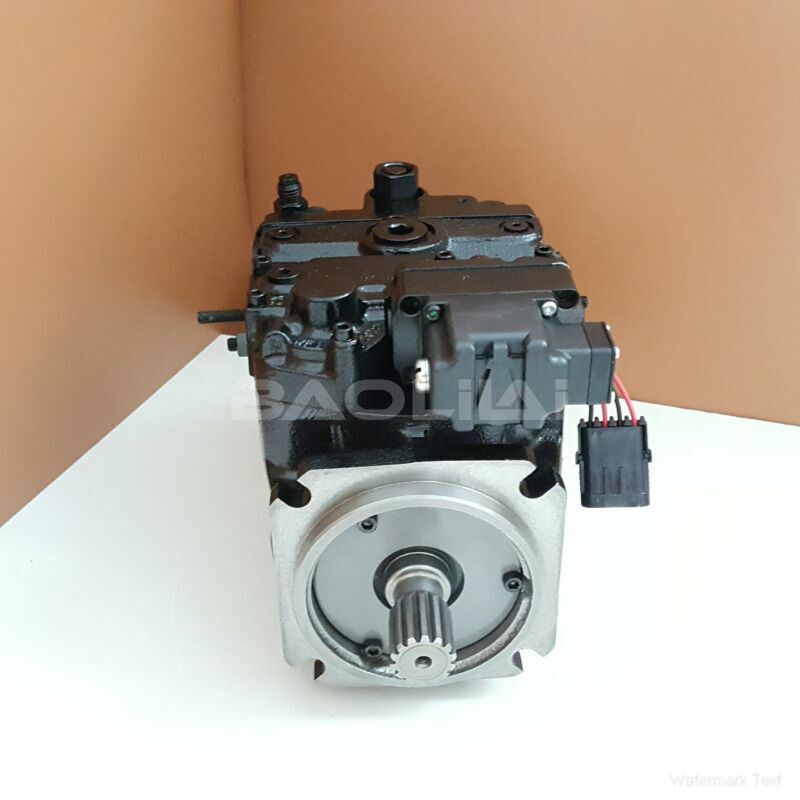90R130HS5BC80S4F1H00GBA424230 piston pump
90R130HS5BC80S4F1H00GBA424230 piston pump

- Product Details
- Applicable Scene
Pasteurization is a crucial process in the food and beverage industry, designed to eliminate pathogenic microorganisms and extend the shelf life of products. Among the various technologies employed in pasteurization, high-pressure pumps play a significant role that often goes unnoticed. This article explores the impact of high-pressure pumps in pasteurization processes, detailing their function, benefits, and applications.
90R130-HS-5-BC-80-S-4-F1-H-00-GBA-42-42-30
90R130HS5BC80S4F1H00GBA424230
High-pressure pumps are critical components in various food processing systems, especially in the production of liquids such as milk, juices, and sauces. These pumps are designed to generate and maintain high pressures necessary for the effective pasteurization of products. The process typically involves heating the liquid product to a specific temperature for a defined period, but certain modern pasteurization techniques, like High-Pressure Processing (HPP), utilize pressure instead of heat to achieve microbial inactivation.

80002091
One of the primary advantages of using high-pressure pumps in pasteurization is the efficiency of the process. In traditional thermal pasteurization, extended heating times can negatively impact the taste, nutritional content, and overall quality of the product. High-pressure pumps enable processes like HPP, which allows for effective microbial reduction while maintaining the integrity of the food’s flavor, texture, and nutrients. This technique, conducted at pressures typically ranging from 400 to 600 MPa, can significantly reduce processing times, making it an attractive alternative for manufacturers.
Additionally, high-pressure pumps facilitate uniform pasteurization throughout the entire product. When introducing liquids under high pressure, pumps ensure that every part of the product is treated evenly. This uniformity prevents the risk of under-pasteurized areas that could harbor harmful bacteria, thus improving food safety.





